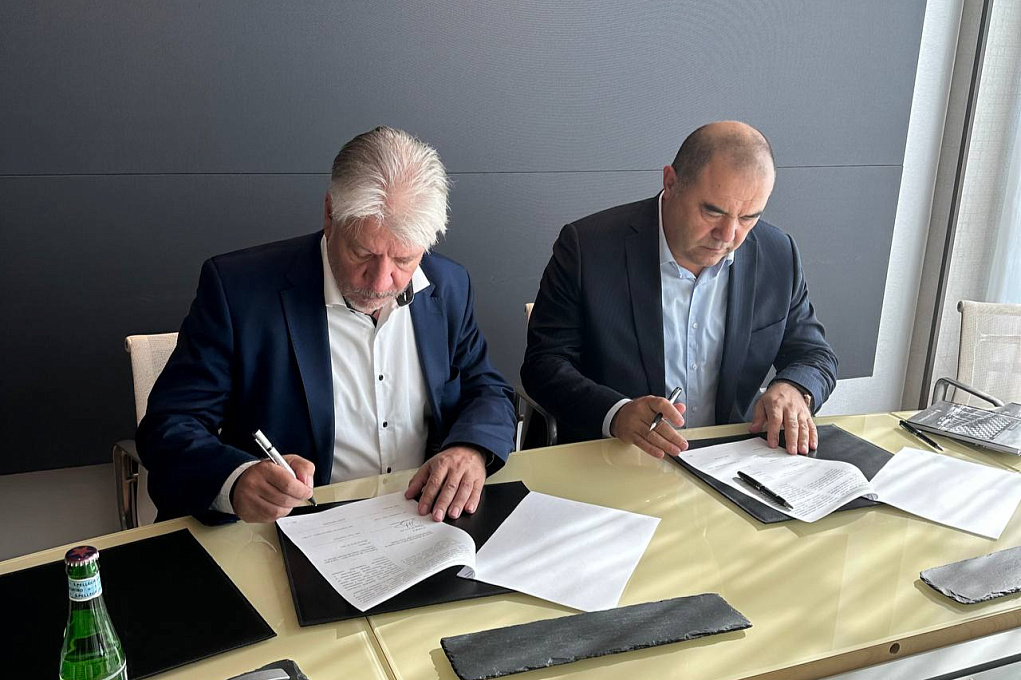 Rhenus and Uzbekistan Railways signed an agreement to establish a joint venture to operate and expand combined road-rail terminals in Andijan and Samarkand. The agreement was signed in the presence of Uzbek Transport Minister Ilhom Makhamov during the German Government’s Central Asia Summit in Berlin.
Rhenus and Uzbekistan Railways signed an agreement to establish a joint venture to operate and expand combined road-rail terminals in Andijan and Samarkand. The agreement was signed in the presence of Uzbek Transport Minister Ilhom Makhamov during the German Government’s Central Asia Summit in Berlin.
The memorandum of cooperation between Rhenus and Uzbekistan Railways will see the partners work together more closely on developing existing transshipment facilities in Uzbekistan. Under the collaboration agreement, two joint ventures will be established between Rhenus and Uztemiryulkonteyner, a subsidiary of Uzbek Railways. The two companies will work together to develop the capacity and increase rail freight traffic in the Republic of Uzbekistan, using the two terminals.
“This strategic partnership with Uzbekistan Railway opens a new chapter in Rhenus almost 30-year presence in Central Asian states, a region home to around 94 million people. In the years ahead, we expect growing demand for the transport of containerised goods and commodities that we connect with Europe’s transport networks along the Middle Corridor of the,” Tobias Bartz, the CEO and Chairman of the Rhenus Group said.
Uzbekistan is by far the most populous country in Central Asia with more than 35 million residents. The country is also experiencing robust economic growth. Within Central Asia, Uzbekistan is an essential bridge between China, Turkey and Europe. Along with its operations in Uzbekistan, the Rhenus Group also has its own companies in the neighboring countries of Kazakhstan, the southern Caucasus and the Asia-Pacific region.
“Investing in transshipment capacity in the economically emerging regions of Ferghana Valley and Samarkand will allow us and our partner to pursue further long-term transport projects,” added Heinrich Kerstgens, Head of the Project and Director Board Projects at Rhenus Group, at the signing of the memorandum in Berlin.
The two parties discussed the projects on the modernisation of infrastructure of logistics centres for increasing the flow of transit cargo and developing new transport corridors.
Share on:






